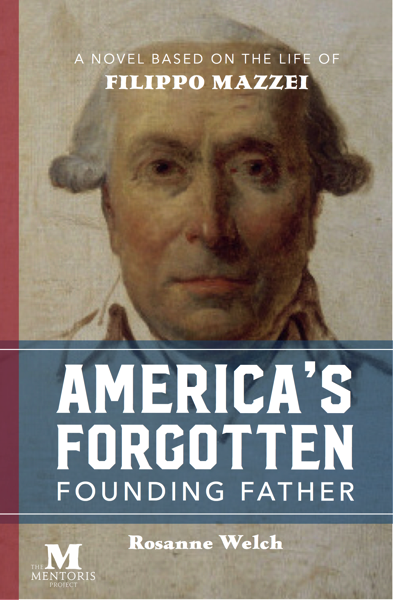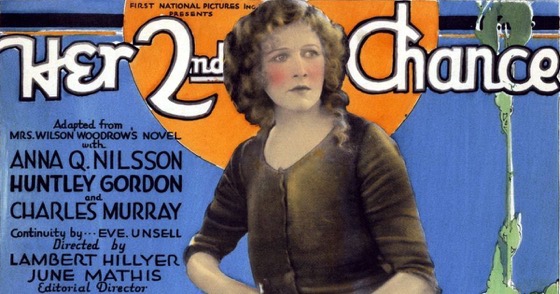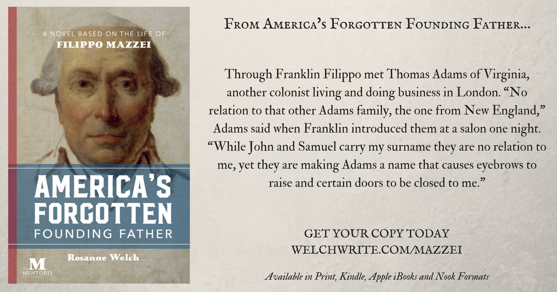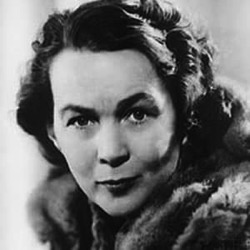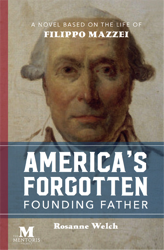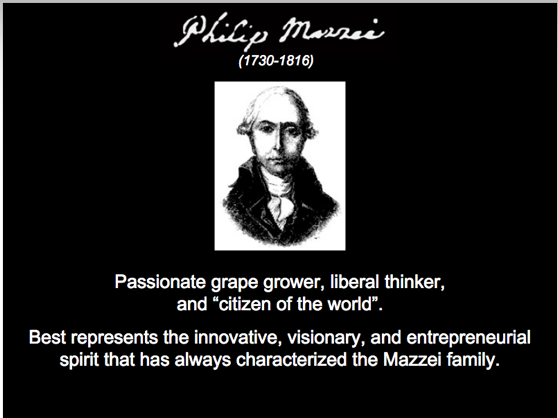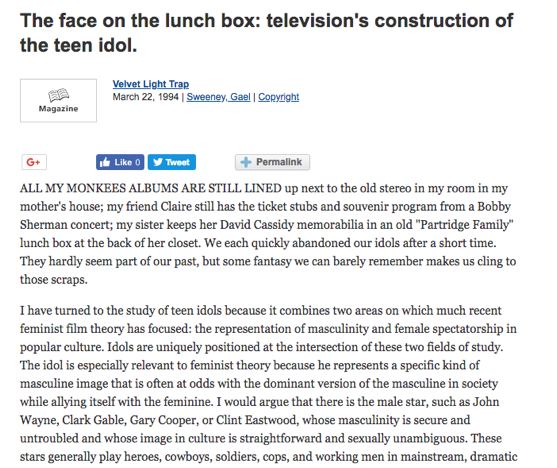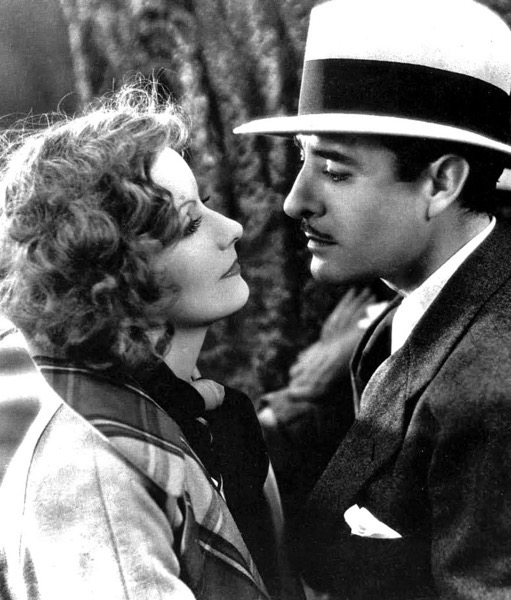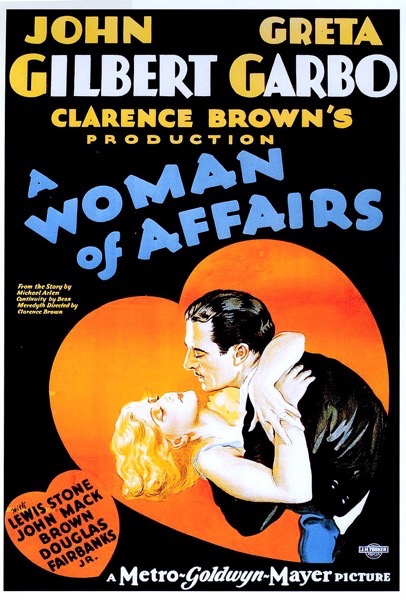If you’re in Melbourne – or have friends and family there – check out the invitation and GO to this exhibit centered solely on The Monkees in honor of the 50th anniversary of their Australian tour.
In another wonderful example of how The Monkees bring people together I’m happy to help announce an exhibit open to all our Australian Monkees fans. I met Derham Groves, professor architecture at the Melbourne School of Design, University of Melbourne because he wrote a review of Why The Monkees Matter for The Journal of American Culture and was kind enough to send me a link. Then he happened to be in Los Angeles for a conference so we met for a marvelous dinner of pasta and Monkees conversation in Hollywood.
Derham’s special interest is the influence of popular culture on architecture and design, but he’s written quite a lot about the history of television in Australia, including a book called TV Houses: Television’s Influence on the Australian Home (2004). Last year he curated an exhibition at the Baillieu Library to celebrate the 60th anniversary of television in Australia.
For fun – here are some great clips on Youtube – their arrival and conference:
And the newsreel (though the footage jumps a lot) about their arrival with the funny line “the only thing to rival man’s descent from the apes is their descent from an airplane”:
It’s certainly an event worth celebrating!
Why The Monkees Matter: Teenagers, Television and American Pop Culture
McFarland (Direct from Publisher) | Amazon | Kindle Edition | Nook Edition
Want to use “Why The Monkees Matter” in your classroom?
Order Examination Copies, Library and Campus Bookstore orders directly from McFarland
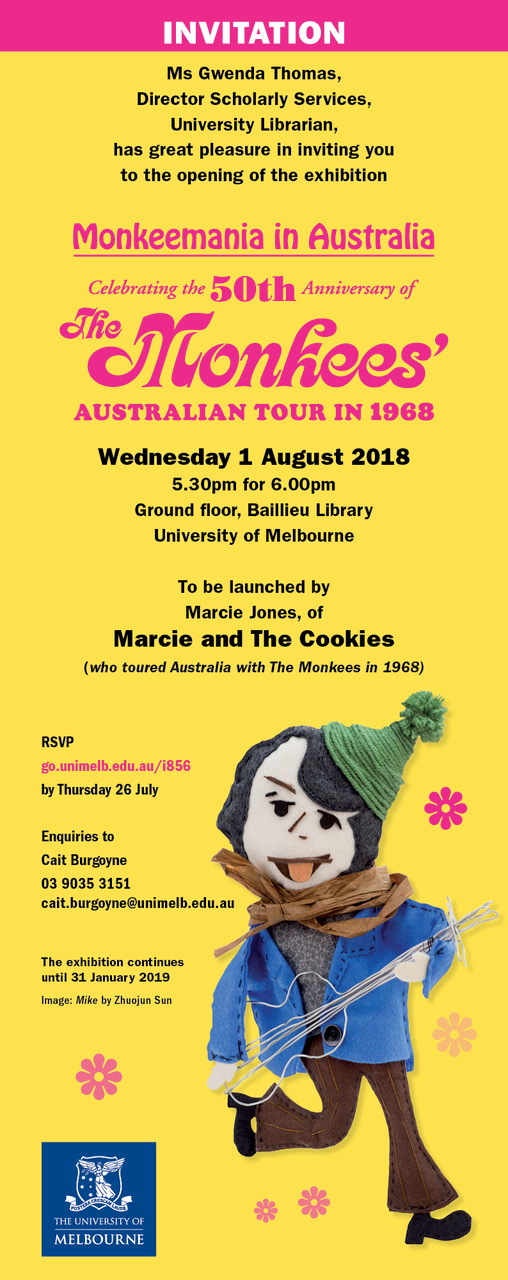


![08 Television After 1968 from How The Monkees Changed Television [Video] (0:55)](https://rosannewelch.com/wp-content/uploads/2018/07/monkees-tv-08-after-1968.jpeg)

 and Follow
and Follow